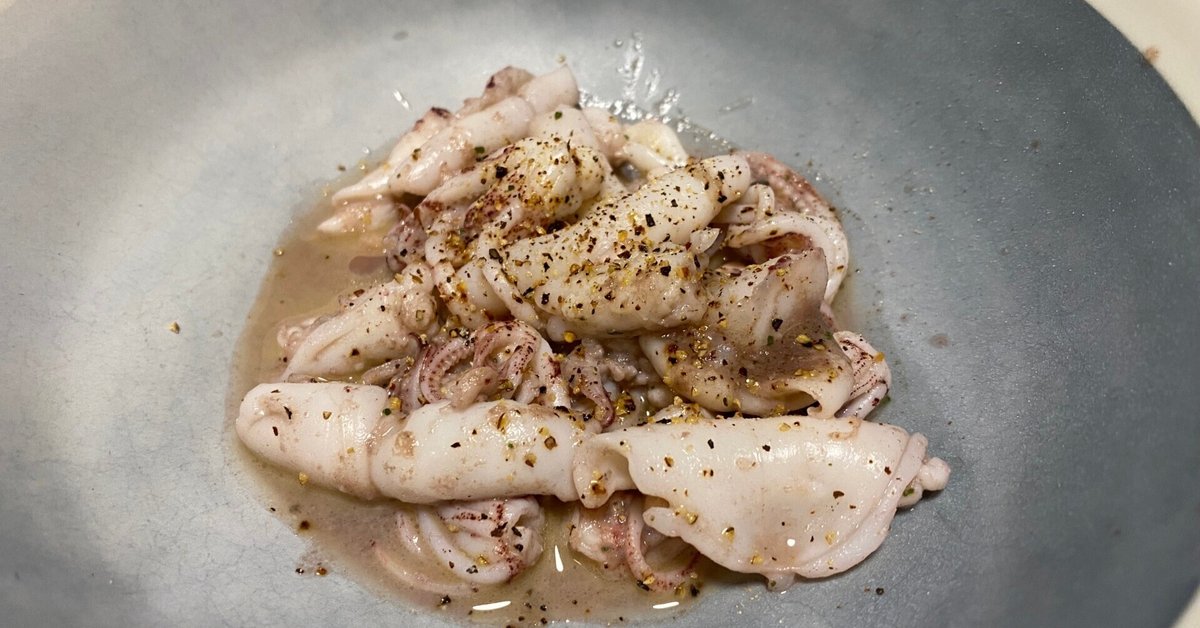
"Exchange the Taste" project
I've been searching for ways to delve deeper into Japanese home cooking, a world brimming with creativity and unique to each household. Sharing a home-cooked meal in Japan truly feels like joining a family! This passion led me to Shoko-chan.
Shoko-chan and her husband used to enjoy annual workcations in Vietnam until the pandemic hit. Missing Vietnam dearly, she wanted to learn the language and culture to connect better with locals on future trips. Shoko-chan, a talented cook at her cafe, now collaborates with Farmstudio on workshops. This passion for food sparked our "Exchange the Taste" project!
After work, I rushed to Shoko-chan's welcoming home where everything was prepped for a collaborative cooking adventure. Our delicious menu included:
Vietnamese Rice Ball-Onigiri (Cơm nắm muối vừng)
Pork Ear with Roasted Rice Powder (nem thính)
Miso Soup (Miso jiru)
Grilled Pork Loin with Umeboshi Plum Paste (豚ロースの梅肉焼き)
Squid Sashimi
Stir-fried Squid with Butter
Passion Fruit Ice Cream
Shoko-chan's homemade Dashi (miso soup stock) surprised me the most. Unlike my usual quick-fix Hondashi, she used real kombu seaweed and katsuobushi (dried bonito flakes).

Dashi: The Soul of Japanese Soup
For those unfamiliar with Dashi, it's a fundamental Japanese soup stock brimming with umami, the savory essence. It forms the base for iconic dishes like miso soup, chawanmushi (steamed savory custard), and hotpots. Vietnamese cooking often uses pork, beef, or chicken bones for a similar effect. I'll delve deeper into Dashi in another post!
Initially, I questioned the use of two large pieces of kombu for the four-person portion (1.2 liters of water). However, the resulting Dashi was a revelation – bursting with umami compared to my usual shortcut. Traditionally, kombu soaks for 8 hours before adding katsuobushi for a quick boil. The strained Dashi forms the base for the soup, which this time included five vibrant vegetables: chicken, radish, nameko mushrooms, crown daisy, broccoli, and carrot. Notably, Japanese miso soup typically uses 3-4 ingredients.

Beyond the Plate: Cultural Insights
Another delightful discovery was Shoko-chan's use of umeboshi (salted plum) for the grilled pork. The tangy plum perfectly complemented the savory meat. I realized this versatile ingredient's potential beyond sourness. The combination of sweet and tart makes it perfect for salad dressings or dipping sauces, similar to how we use tamarind in Vietnam. I can't wait to experiment!

The baby squid, sourced directly from fishermen at the port, was another highlight. Fresh seafood is increasingly rare in supermarkets, so this connection with local suppliers felt like a treasure. We simply cleaned the squid, removing guts and bones, before savoring it as sashimi with soy sauce and a touch of ginger. The remaining squid arms were stir-fried with butter and soy sauce for a flavorful finish.

Cooking Vietnamese dishes with friends is a fantastic learning experience. We shared ideas and perspectives beyond the food itself. For instance, kneading the rice for the Vietnamese rice balls surprised my Japanese companions. Their belief in a rice god, emphasizing respect for every grain, was a fascinating cultural insight. While Vietnam emphasizes not wasting food, the concept of deities residing in food felt unique.

Our next adventure involves cooking "Com Hen" (Vietnamese mussel rice), followed by a fun trip to a Vietnamese grocery store! "Exchange the Taste" is brimming with delicious discoveries and cultural exchange.
Japanese name of foods or ingredients:
-Kombu: Japanese seaweed mostly planted in the north of Japan, the indispensable ingredient in Japanese traditional foods with great source of umami.
-Dashi: Japanese stock, can be made from Kombu, bonito flakes, shiitake mushroom.
-Katsuobushi: dried bonito flakes
-Hondashi: seasoning which is used instead of kombu and Katsuobushi.
-Umeboshi: Salted plum, sometimes goes with perillas
-Shoyu: soy sauce
-Onigiri: Japanese rice ball
